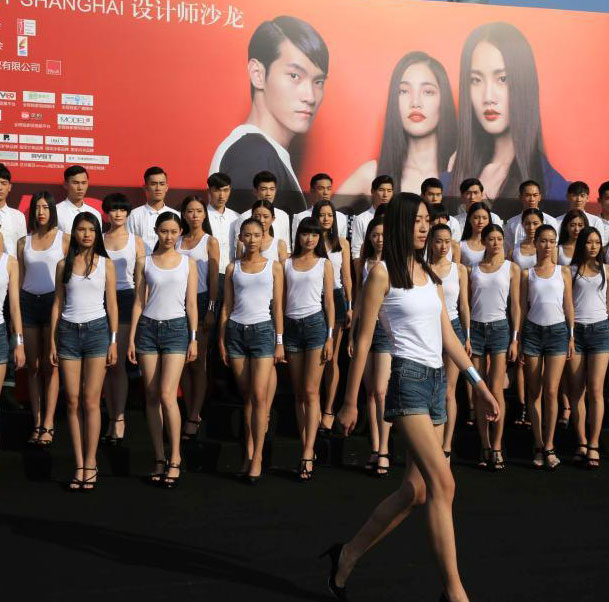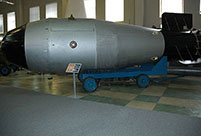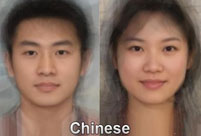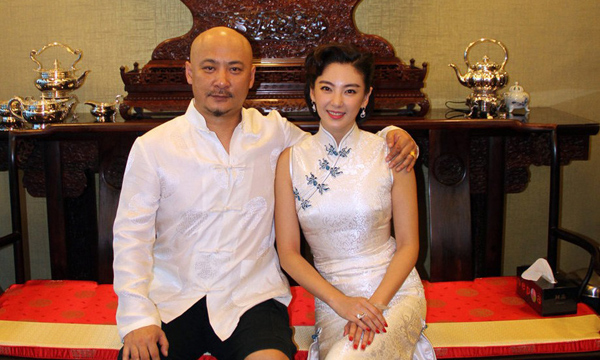 Yanxi Lake: Venue for APEC China 2014
Yanxi Lake: Venue for APEC China 2014
 Top 10 pricey destinations for studying abroad
Top 10 pricey destinations for studying abroad
 Couple chase tornados to create perfect storm photos
Couple chase tornados to create perfect storm photos
 Goddesses at Golden Eagle Festival
Goddesses at Golden Eagle Festival
 J-10 fighters show aerobatic stunts in smog-free sky
J-10 fighters show aerobatic stunts in smog-free sky
 Top 10 charming female soldiers of the PLA
Top 10 charming female soldiers of the PLA
 Charming contestants of Shanghai Int’l Model Contest
Charming contestants of Shanghai Int’l Model Contest
 Most amazing chi-pao beauties
Most amazing chi-pao beauties
 Beauties forever
Beauties forever
 Picturesque autumn scenery of Hongshan Army Horse Ranch
Picturesque autumn scenery of Hongshan Army Horse Ranch
BEIJING, Oct. 17 (Xinhua) -- As the country marks the 80th anniversary of the Long March's departure, the Communist Party of China (CPC) should ponder lessons learned from a forced expedition that made history.
The Long March, the beginning of a forced expedition of the First Division of the Red Army on October 16, 1934, was a 12,500-km trek full of hardships, bloodshed and do-or-die battles.
Flawed decision-making and unwise military tactics resulted in the setbacks suffered by the Red Army during the encirclement campaigns led by the Kuomintang (KMT) armies, and contributed to the loss of the whole revolutionary base.
In the early stages of the Long March, the CPC's almost unconditional obedience to the Comintern, the Soviet Union's policymaker for communist parties in other countries, was a factor in the decimation of the Red Army, whose numbers slumped from 86,000 to 30,000 at the end of 1934.
China's revolution suffered enormously and the CPC nearly came to an end. The overreliance on external forces showed the immaturity of the CPC at that time. Comintern, who knew little about China and adhered rigidly to Soviet Union experience, simply rejected Mao Zedong's advice of splitting into small units and fighting guerrilla campaigns.
In January 1935, in the third month of the Long March, the Communist forces reconsidered their strategy independently at an enlarged meeting of the Political Bureau of the CPC Central Committee in Zunyi in southwestern Guizhou province. Mao entered the inner circle of power and began to gain the final say.
Led by Mao, a small group of fewer than 30,000 communists broke through the siege lines of about 400,000 KMT troops, and completed the unprecedented expedition in two years, with 10,000 soldiers left. The journey was full of extremely dangerous and complicated situations, and every day was a struggle to survive.
Many believe it was the Long March that shaped the CPC.
It led the Party to realize that the leadership's top-level design is paramount and brooks no mistake. A right path chosen by the CPC determines success, or else the Party and the nation suffer greatly, or even come to a miserable end.
The maturity of a political party lies in independent decision-making and problem solving in accordance with changing situations. The famous "seeking truth from fact," the Party's most sacred guideline, was proclaimed at the Zunyi meeting. The doctrine advocates that the Party should always think by itself in a practical and realistic way.
Along the way, the CPC seriously reflected on its mistakes and grew mature. Under the guideline formulated through the Long March, the Party won the revolution, founded New China, launched reforms and achieved economic miracles.
It is not rare for political parties to make mistakes. Mistakes including the Great Leap Forward (1958) and the turbulent Cultural Revolution (1966-1976) deviated from the principle of "seeking truth from fact." The Party should resolutely adhere to inner-Party democracy and learn from these lessons.
Ruling a nation with 1.3 billion people, the CPC will face more hardships and tests in the future. It should learn to mend its ways and maintain the right path at the helm.
During the Long March, the CPC learned a hard but valuable lesson.
 Shocking! Photos of Chinese fighters revealed
Shocking! Photos of Chinese fighters revealed Blue Angels thrill spectators in San Francisco
Blue Angels thrill spectators in San Francisco World's most intimidating nuclear weapons
World's most intimidating nuclear weapons Standard faces for each countries
Standard faces for each countries Who is China's campus beauty queen?
Who is China's campus beauty queen? Netizens fall in love with champion swimmer Ning Zetao
Netizens fall in love with champion swimmer Ning Zetao Vibrant 21-year-old and her own Cheongsam brand
Vibrant 21-year-old and her own Cheongsam brand Fashion style: Faye Wong vs Cecilia Cheung
Fashion style: Faye Wong vs Cecilia Cheung Leading director Wang Quan'an detained for 'buying sex'
Leading director Wang Quan'an detained for 'buying sex' Top 10 handsome football players
Top 10 handsome football players  Top 10 Chinese goddesses
Top 10 Chinese goddesses  Top 20 hottest women in the world in 2014
Top 20 hottest women in the world in 2014 Top 10 fifth generation jet fighters in the world
Top 10 fifth generation jet fighters in the world Top 10 pure beauties in showbiz
Top 10 pure beauties in showbiz  Top 10 world's highest-paid models 2014
Top 10 world's highest-paid models 2014 The most gorgeous Chinese women
The most gorgeous Chinese women Top 10 most handsome faces in Asia
Top 10 most handsome faces in AsiaDay|Week|Month